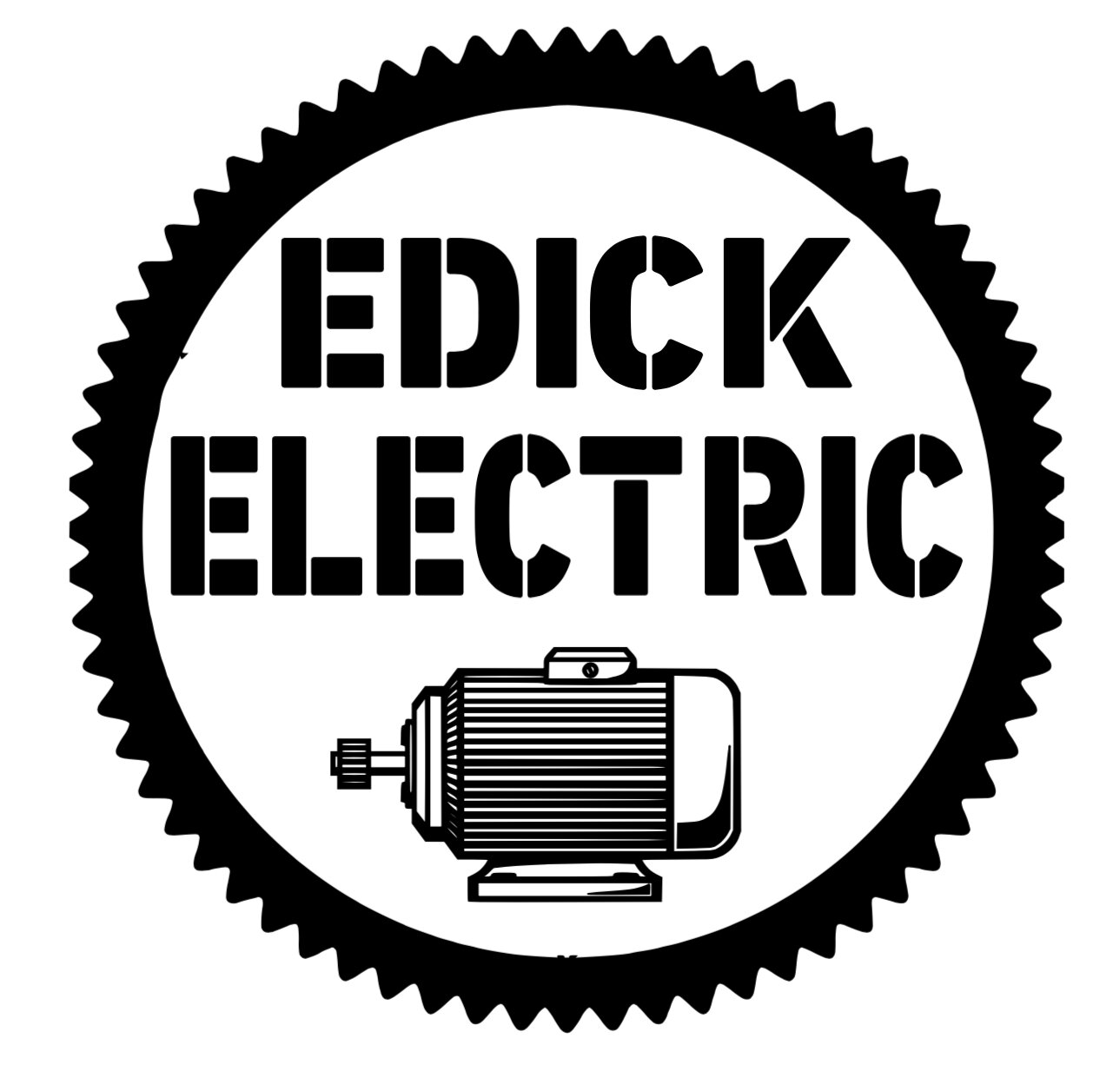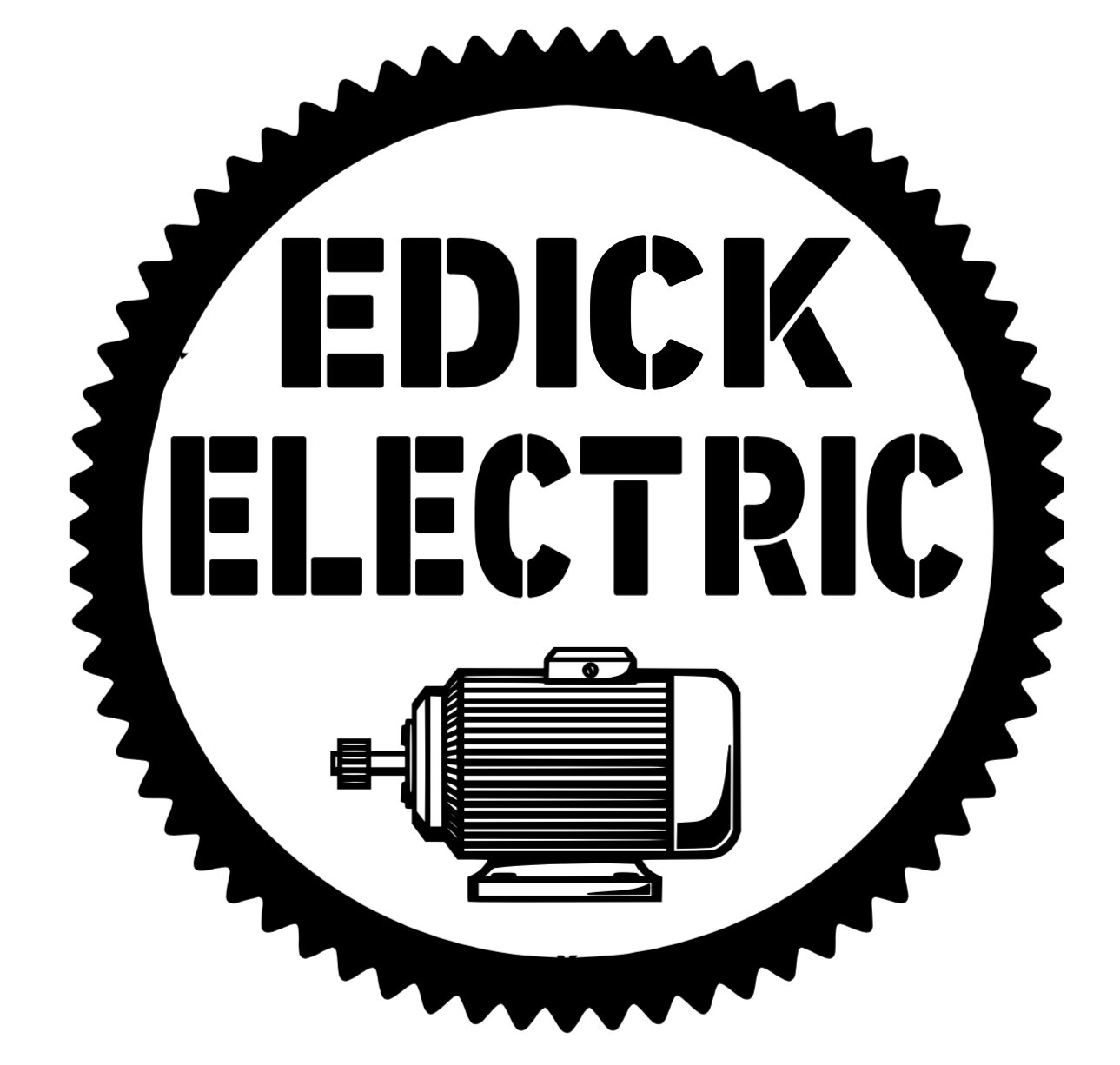5 Common Questions About Automatic Standby Generators
At Edick Electric Power, we believe an informed homeowner is a confident homeowner. That’s why one of our core values is:
Empowering you with knowledge—built on service, backed by expertise.
Whether you're a homeowner, builder, inspector, or realtor, you probably have a few key questions when it comes to automatic standby generators. Below are five of the most common questions we hear—and our clear, honest answers.
1. Which generator brand should I buy?
We proudly sell and service Cummins, Kohler, and Briggs & Stratton generators. Each brand has its strengths, but we don’t believe one is better than the others across the board. Instead, we work with you to determine which model best fits your property, needs, and budget.
We’re not here to push a brand—we’re here to help you make the right call.
2. Is the system fully automatic?
Yes. Once installed, the system monitors your home’s power 24/7. If the power goes out, the generator automatically starts up and switches your home to backup power. When grid power returns, it shuts off and switches you back—without you lifting a finger.
3. Do I need to worry if I'm away from home during an outage?
Nope. Your generator and its automatic transfer switch handle the transition safely and seamlessly. There’s no need to worry about backfeed, damage, or resetting anything. Whether you're at work or on vacation, your home stays powered and protected.
4. How far away from my house can I install the generator?
The best practice is to place the generator close to your electric meter. This keeps installation costs down by reducing trenching and wiring. That said, you can place the unit farther away if needed—as long as it's installed to code, the performance remains the same.
5. Should I check on the generator while it's running during an outage?
Yes! We recommend you check on your generator at least once every 24 hours during extended outages. Shut it down, let it cool completely to the touch, then check the oil level and top it off if needed. Think of it like checking your car on a long road trip—simple steps go a long way in preventing damage.

